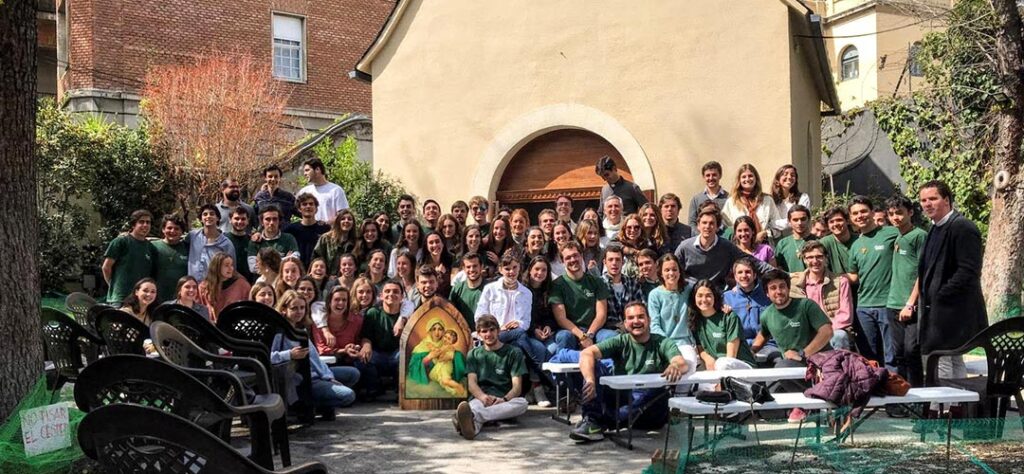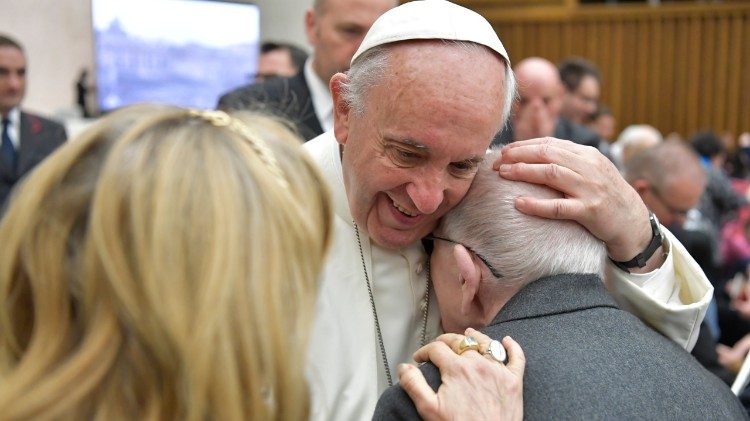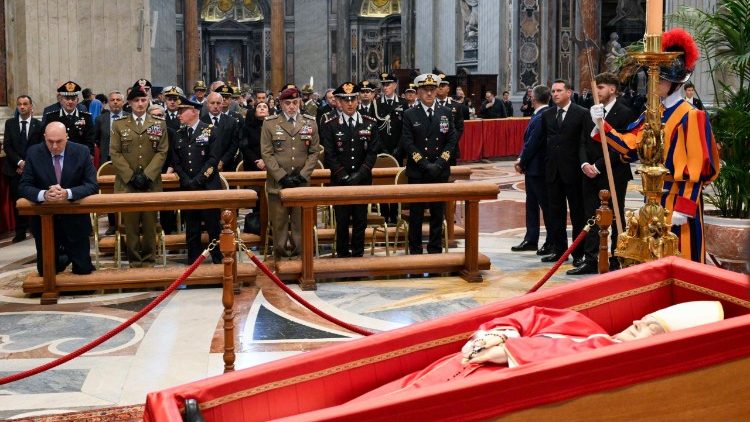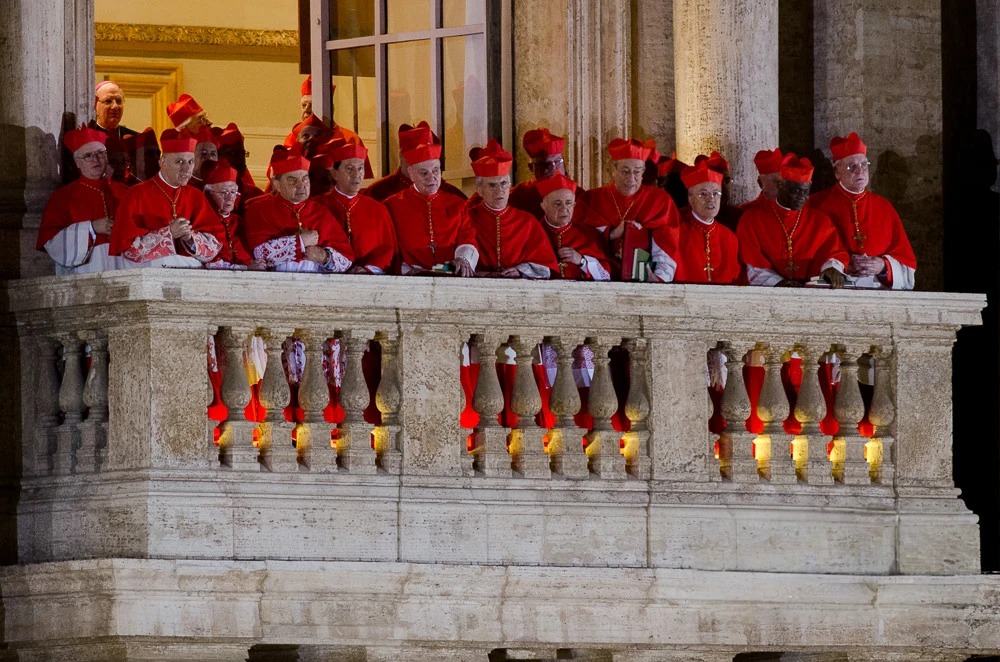Current Situation of the… Schoenstatt Movement
A movement of spiritual renewal and commitment to the truth

The Schoenstatt Apostolic Movement was born in Germany in 1914, founded by Father Joseph Kentenich. During the First World War, a group of young seminarians committed themselves to consecrating themselves to the Virgin Mary, transforming their lives according to her teachings and aspiring to holiness, in order to be apostles in a world facing great cultural changes. This commitment was formalized in the minor seminary of the Pallottine Fathers, in the former Chapel of St. Michael, in Schoenstatt, near Vallendar, giving rise to a Marian pedagogical movement of spiritual renewal.
The Schoenstatt charism is based on Marian spirituality, self-education and the covenant of love with Mary. Over the decades, Schoenstatt has grown and expanded worldwide, establishing Marian shrines on various continents that serve as centers of spirituality and pilgrimage. Schoenstatt is a movement that brings a spirituality, a pedagogy of faith and an apostolic spirit oriented especially to the laity in the midst of the world.
Structure and government
Schoenstatt has a federative organizational structure, composed of various communities and branches that include lay people, diocesan priests and fathers dedicated to the service of the movement; and consecrated women. These communities include:
- The Secular Institutes of Schoenstatt: There are six. They include the Schoenstatt Fathers, dedicated fundamentally to the care of the Schoenstatt Movement, although also, depending on the case, assuming other ecclesial tasks; the Sisters of Mary, at the service of various pastoral activities in the Movement, in the Church and in society; the Schoenstatt Diocesan Priests, who depending on their bishop act in the ordinary diocesan pastoral, animated by the spirituality of Schoenstatt and its mission; the Ladies of Schoenstatt, consecrated women, professionals in the midst of the secular reality; the Brothers of Mary, consecrated professional men in the midst of the world, and the Institute of Families, married couples who as families want to live the ideal and teachings of the Church in relation to the family, but who have not yet been recognized as a secular institute.
- The Schoenstatt Apostolic Federation: Groups of committed lay people who live according to the principles of Schoenstatt, organized at a national level (in each country) and who dedicate themselves to apostolicity in their daily lives and in their work areas. A good part of the apostolic works of Schoenstatt are promoted and supported by members of the Apostolic Federations. In various countries on the five continents there are federations of married couples (families), mothers, celibate women, and men.
- The Schoenstatt Apostolic League: A broader organization of members who live the principles of Schoenstatt, with a less strict community and formal commitment. It includes married couples (families), married women, single people, young professionals, and youth. These communities of the “League” are organized at the diocesan level, in each country, seeking to provide committed, well-formed lay people with an apostolic spirit at the service of the Church, locally and throughout the world.
At these different levels of commitment, a community experience is cultivated with greater or lesser intensity, based on a family relationship of human ties, trust, complementarity, solidarity, and apostolic coordination.
 In the Schoenstatt communities, especially in its secular institutes, the aspiration is to live the spirit of religious vows, without formally carrying them out. Strength is placed in the aspiration to magnanimity and inner freedom.
In the Schoenstatt communities, especially in its secular institutes, the aspiration is to live the spirit of religious vows, without formally carrying them out. Strength is placed in the aspiration to magnanimity and inner freedom.
The government of Schoenstatt is organized in a decentralized, federative manner, respecting the autonomy of its different branches and communities. Each community has its own leadership and decision-making structure, although all are united by the founding charism and spirituality of Schoenstatt.
The central government is coordinated by the General Presidency, which is responsible for the unity of the movement at an international level and for its fidelity to the charism of its founder. This body includes the leaders of the institutes, the international apostolic federations and a representative of the diocesan leagues at a world level.
Relationship with the Church
Schoenstatt was founded in 1914, days after the beginning of World War I. Schoenstatt sought a close relationship with the Church from the beginning. This meant a gradual development, as the Movement was structured.
However, Father Joseph Kentenich, its founder, was questioned and had a complex relationship with the ecclesiastical hierarchy due to his innovations, his approach to a pedagogy of faith and his accentuated Marian spirituality, the importance of natural bonds as well as in relation to the novelty of the Schoenstatt structure.
Indeed, in 1951, following an Apostolic Visitation (1951 – 1953) by the Holy Office, Father Kentenich was sent into forced exile to Milwaukee, United States, where he remained until 1965. In 1964, the Schoenstatt Apostolic Movement was officially approved by the Catholic Church, recognizing its charism and mission.
During this time, the movement continued to grow and develop not only in Germany, but also in various countries in Latin America, the USA, South Africa and also behind the Iron Curtain, in East Germany, Poland, Czechoslovakia, among others.
In 1965, Pope Paul VI allowed Kentenich to return to Germany, effectively confirming his rehabilitation, where he continued to lead the Movement until his death in 1968.
Interventions and challenges
Schoenstatt has faced various interventions and challenges throughout its history. During World War II, Schoenstatt was persecuted by the Nazis and the founder was sent in early 1942 to the Dachau concentration camp, where in addition to surviving, he managed to continue the development of his foundation.
Recently, in 2020, accusations were reiterated about possible abuses of authority and inappropriate behavior by Father Kentenich during his leadership. These accusations were already known during the beatification process of Father Kentenich, which was under procedural secrecy. The Diocese of Trier and the General Presidency of the Schoenstatt Family have reiterated their commitment to thoroughly investigate these accusations to ensure transparency and justice.
These allegations have generated a period of introspection, review and investigation within the Movement, always seeking the truth and coherence with the Christian and Marian values that they promote. The relationship with the Vatican and the diocese continues to be one of collaboration and mutual respect, working together to resolve any problems and ensure the integrity of the movement.
Current Situation
Schoenstatt continues to be a dynamic and growing movement, with a presence in more than 110 countries. Schoenstatt Marian shrines are centers of pilgrimage and spirituality that attract thousands of people each year, seeking to renew their faith, consecrate themselves to Mary and activate their apostolic commitment to the service of the Church.
The Movement faces contemporary challenges, such as the need to adapt to changing cultural and social realities, and the constant renewal of its charism and mission. Schoenstatt maintains its commitment to contribute to the spiritual and moral renewal of society through the education and formation of its members in a life of faith, service and commitment to Christian values.
Schoenstatt’s current situation reflects its rich history and adaptability to modern times. With a solid organizational structure and a deep spirituality centered on Mary, the Movement continues to be a source of renewal and hope for thousands of people around the world. Through its members, communities, and shrines, Schoenstatt continues to promote Christian faith and values in contemporary society. Its relationship with the Vatican and its response to current challenges demonstrate a constant commitment to the truth and mission of the Church.
For more information: https://www.schoenstatt.com
Other articles in this series:
Related

The Family: A School of Love, Forgiveness, and Hope
Laetare
25 April, 2025
3 min

Pope Francis: Leadership That Transforms Through Service
Javier Ferrer García
25 April, 2025
4 min

The heart of the Church beats between mourning and hope
Exaudi Staff
24 April, 2025
2 min

What is a Conclave? The Process That Elects the New Pope
Exaudi Staff
24 April, 2025
7 min
 (EN)
(EN)
 (ES)
(ES)
 (IT)
(IT)

